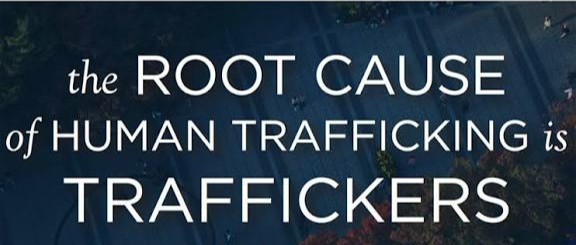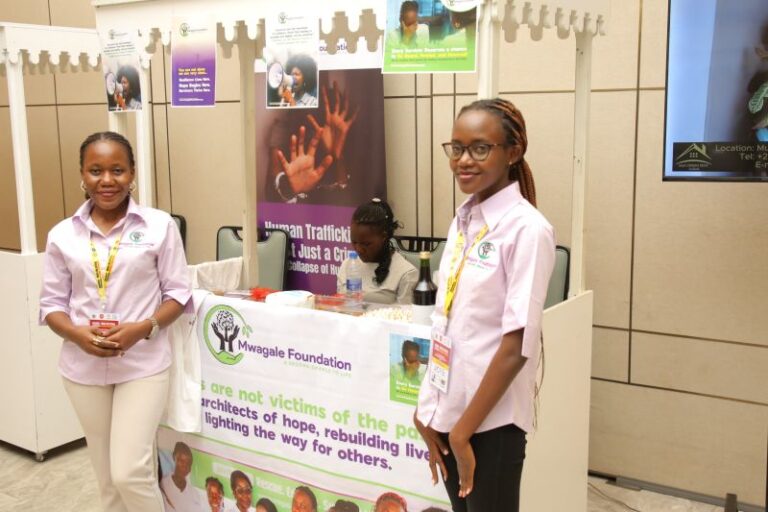Human trafficking: Awareness in East Africa
Research Assessment
and Baseline Information about human trafficking in Tanzania, Kenya, Uganda and Burundi
Trafficking in persons has been a reported problem in Eastern Africa for several years, but at
the time we began our research, few primary research studies that systematically investigate
and describe the phenomenon had been published. IOM’s research efforts have focused on
investigating the factors that may be facilitating human trafficking in Eastern Africa; developing
profiles of both traffickers and their victims, exploring the activities, means and purposes of
trafficking in the region; and the health conditions of trafficked people in Eastern Africa.
A review of existing literature indicates that individual characteristics such as gender, socio-
economic status, education, employment, and personal aspirations may be related to an in-
dividual’s likelihood of being trafficked. Family factors such as family size, death of one or
both parents, and divorce are considered to be potentially relevant factors, as are community
characteristics such as access to services, employment, or education and training opportuni-
ties. The demand for trafficked labour has been documented in Eastern Africa in the following
sectors and industries: agriculture, mining, services, domestic work, and prostitution. People
have also reportedly been trafficked for military service, forced marriage, and ritual purposes.
That Eastern Africa is affected by both internal and international trafficking is also mentioned
in a number of reports, but the understanding of effects of trafficking on individuals and their
communities in Eastern Africa is limited.




